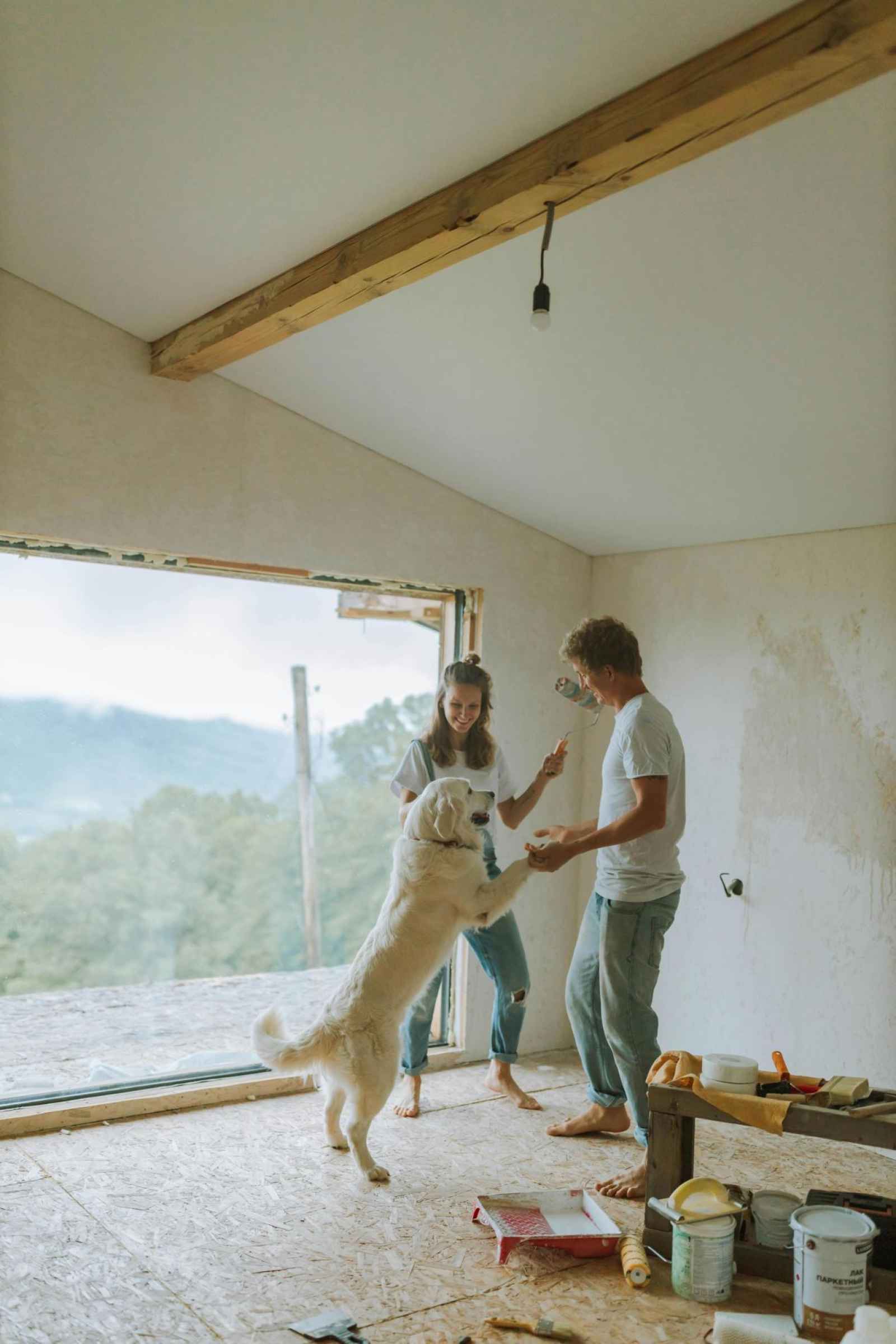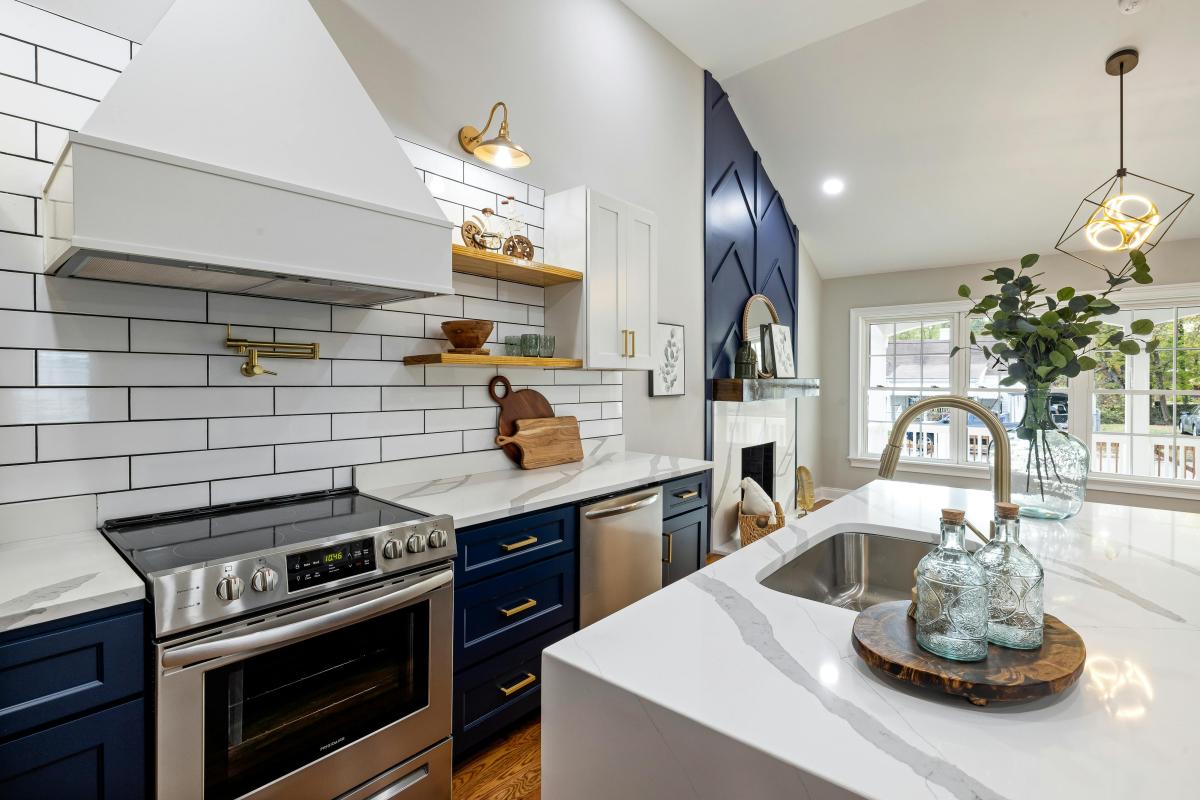Welcome to newlywed bliss — a blur of juggling legal paperwork, gift cards and Pinterest boards full of paint colors and pantry organizers. As thrilling as it is to move in together, it’s easy to make snap decisions that lead to renovation regret. Whether you’re updating a cozy starter house or adding flair to your dream apartment, how you approach these early design choices matters.
From clashing tastes to budgeting blunders, lacking a plan can be costly in more ways than one. Avoiding the most common mistakes newlyweds make with home decor lets you create living areas that reflect your personality without unnecessary stress. Ready to avoid the drama and decorate confidently?
Here are some helpful tips.
1. Rushing Into Renovations
You’re freshly married, glowing and flush with new-beginning energy — of course you want your home to reflect this exciting chapter. But diving headfirst into renovations before living in your space is a classic newlywed mistake.
Give yourselves time to understand how you use your home daily. Maybe that sunroom you thought would be your yoga oasis ends up being the perfect morning coffee nook. Or that wall you wanted to knock down? Turns out it blocks noise from the neighbor’s barking dog.
One of the biggest missteps new homeowners make is not waiting to feel things out before making sweeping changes. A good rule is to live in your home for at least three to six months before committing to large-scale upgrades. Your future self — and your bank account — will thank you. Once you have your list of alterations, create a project timeline to help the alterations move along smoothly.
2. Ignoring Resale Value
Of course, your love nest should feel like an extension of yourself, but don’t go so overboard that it tanks your resale value. Consider what future buyers might think before installing colorful tiles, neon signs or an eye-catching front door.
Your entryway is one of the first things guests and appraisers will notice. Your front door material can affect your home’s curb appeal, energy efficiency and resale ROI. For example, steel and fiberglass doors tend to offer better long-term value than wood, which is beautiful but can be high-maintenance.
Balance is everything. You can still showcase your style — a pop of color, custom hardware or seasonal wreaths — without sacrificing practicality. Lovebirds today, smart sellers tomorrow.

3. Skipping a Budget
If you learned one thing from planning a wedding, it’s that expenses add up fast. Renovations are the same. A trip to the hardware store for “just one can of paint” can quickly turn into a cart full of frivolous backsplash samples and fancy light fixtures.
Without a budget, it’s easy to overspend before you even touch a hammer. Start with a shared spreadsheet or budgeting app and be honest about what you can realistically afford. Many homeowners also forget to factor in a contingency budget for surprise expenses — yes, those always happen.
The smartest move is to prioritize. Fix what’s broken first, invest in high-impact upgrades and leave room for decor down the line. Be strategic about your priorities instead of tackling everything at once.
4. Choosing Trendy Over Timeless
Mid-century everything, matte black finishes, checkerboard tile — it’s tempting to jump on the bandwagon with the trends that are all over your feed. However, before you commit to a bold look, pause and ask yourself — is it your style, or just what the algorithm loves right now?
Styles come and go, but investments like flooring, cabinets and bathroom tile should last for years. Choosing timeless materials and neutral tones gives your home longevity and makes it easier to swap out accents when your tastes change. By all means, have fun with trendy touches like throw pillows, art or paint colors. But for the big stuff, think classic.
5. Forgetting About Lighting
Though lighting can make or break your home’s ambience, it’s one of the most overlooked elements in newlywed decorating. A single overhead fixture won’t cut it if you’re trying to set the mood, feel cozy or even see clearly while cooking.
Layered lighting defines spaces and makes them more functional. Consider warm bulbs for bedrooms, under-cabinet lighting for kitchens and dimmers everywhere. Bonus points for choosing energy-efficient smart bulbs to cut costs over time. Good lighting equals good energy, which you need when starting your new life together.
Tie the Knot, Then Nail the Nest
Creating your newlywed home is a beautiful adventure, but it’s easy to let emotions, trends or impulse decisions steer the design ship. By slowing down, budgeting conservatively and making literal and figurative space for your personalities, you’ll build a home that supports your marriage, not stresses it.
Remember, your house doesn’t have to be perfect right away. It just has to feel like yours. So take a breath, trust the process and avoid these common mistakes, because your home’s foundation is the one you build together.

Author Bio: Oscar Collins is the editor-in-chief at Modded, where he writes about a broad spectrum of topics. Follow him on Twitter @TModded for frequent updates on his work.
are you a bride or groom-to-be?
We'd love to plan with you on weddingday-online.com. Let's get started!
are you a wedding extraordinaire?
Join WeddingDay Magazine in inspiring brides by partnering with us! See how here.








Join the conversation
Log in or register to post comments